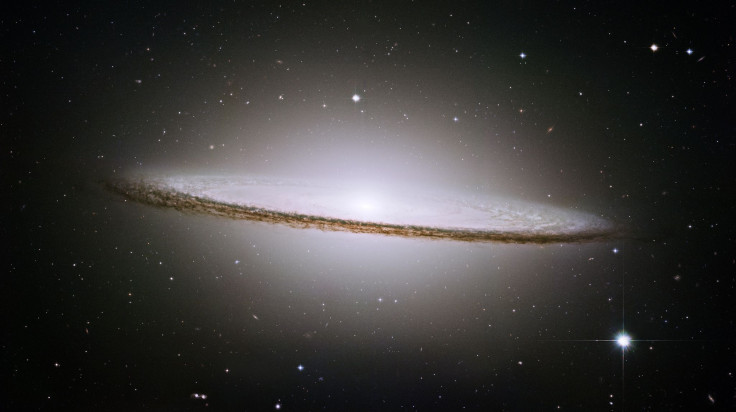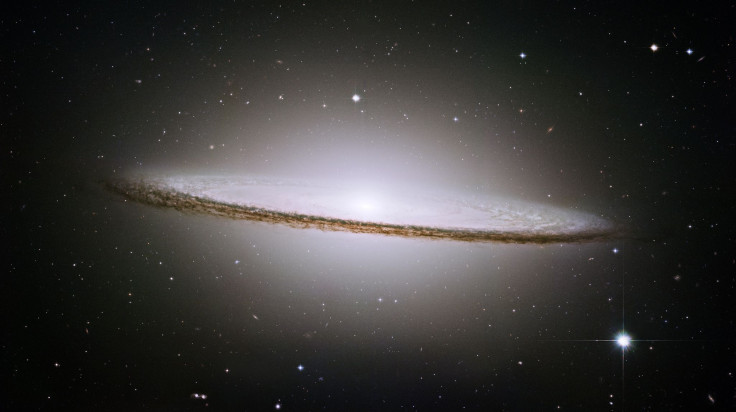Detection Of Strongest Gravitational Waves From Supermassive Black Holes Within A Decade

They were predicted by Albert Einstein about 100 years ago, but gravitational waves — ripples in space-time — were first detected only in February 2016. Of the total of five such detections since, four instances were a result of the merger of black holes, while the fifth — also the strongest — was caused by merging neutron stars.
However, within the next 10 years, we will be able to detect gravitational waves that are far stronger than anything we have detected so far, resulting from the merger of supermassive black holes. It is not that these cosmic behemoths, over 100 million times more massive than the sun, will suddenly start merging within the next decade; it is just that scientists have figured out better where to look.
The Laser Interferometer Gravitational-Wave Observatory (LIGO), which first detected gravitational waves from colliding black holes in 2016, and the European Virgo gravitational-wave detector, which observed the neutron star merger-produced waves in October, both detect objects in the moments right before they merge. But the method to detect the merger of supermassive black holes will rely on pulsars.
These rapidly spinning remnants of dead stars emit regular beams of radio waves, or pulses, earning them their name. Using an array of well-known pulsars can help scientists detect even miniscule abnormalities, like gravitational waves from merging supermassive black holes. These waves, being much stronger, have a far lower frequency than the gravitational waves that have been observed so far, which is why they cannot be detected by human-made instruments.
“Observing low-frequency gravitational waves would be akin to being able to hear bass singers, not just sopranos,” Joseph Lazio, chief scientist for NASA’s Deep Space Network at the Jet Propulsion Laboratory, Pasadena, California, and coauthor of a new study in Nature Astronomy, explained in a statement Monday.

Using data from the 2 Micron All-Sky Survey (2MASS), researchers identified about 90 galaxies that have supermassive black holes most likely to merge with another black hole. As black holes orbit each other closer and closer before merging, their strong gravity distorts space-time, creating ripples in its fabric that move across the universe at the speed of light. These ripples actually change the position of Earth and the pulsars (the shift is very slight), which is why pulsars can be used to detect them.
“If you take into account the positions of the pulsars in the sky, you basically have a 100 percent chance of detecting something in 10 years,” Chiara Mingarelli, a research fellow at the Center for Computational Astrophysics at the Flatiron Institute in New York City, and lead author of the study, said in another statement. “A difference between when the pulsar signals should arrive, and when they do arrive, can signal a gravitational wave. And since the pulsars we study are about 3,000 light-years away, they act as a galactic-scale gravitational-wave detector,” she added.
The study, titled “The local nanohertz gravitational-wave landscape from supermassive black hole binaries,” appeared online Monday in the journal Nature Astronomy.
© Copyright IBTimes 2024. All rights reserved.




















